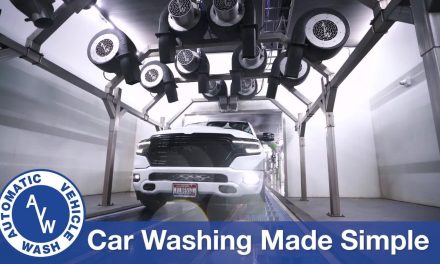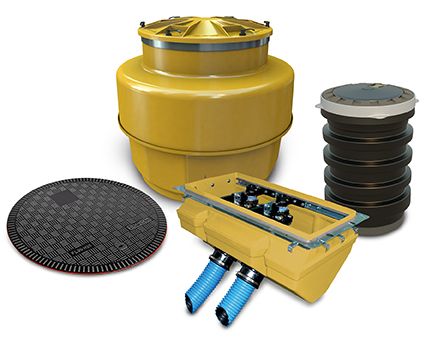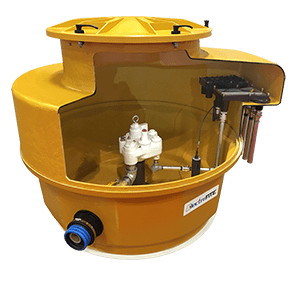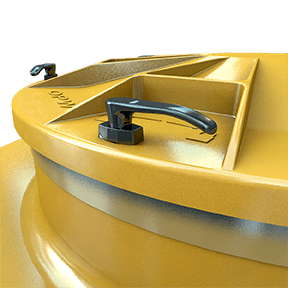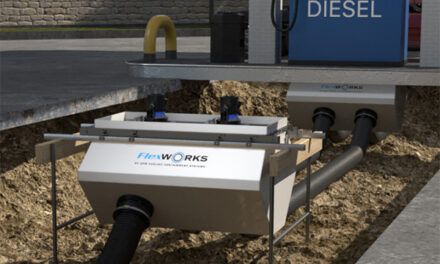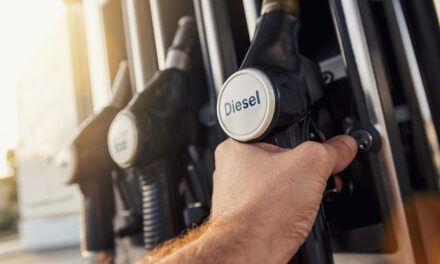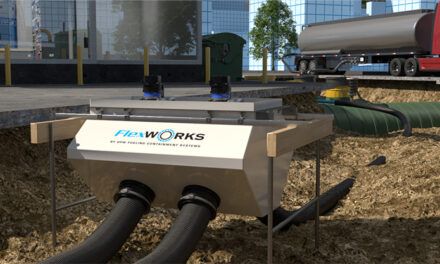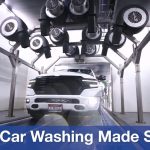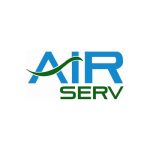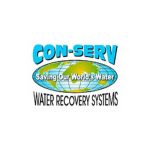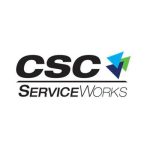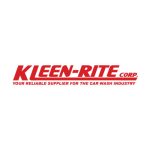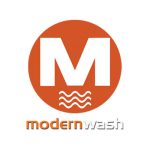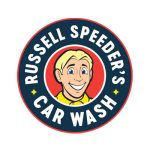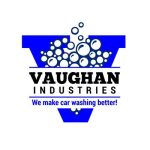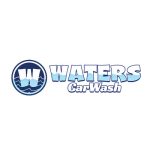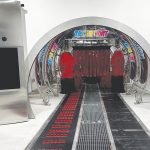
Protecting Your Fueling System from a Water Invasion
Protecting Your Fueling System from a Water Invasion
By Ed Kammerer
The newest of these innovations is the ElectroTite No-Drill Tank Sump, which is the retail fueling industry’s first and only conduitless tank sump that has factory-installed sealed conduit ports and an integrated electrical wiring junction box.
On the forecourt, water is an equal opportunity invader. It will search out weak points in the fuel-storage system and insidiously attack, with the end result being fouled fuel that can result in exorbitant costs for underground containment sumps, underground storage tank (UST) cleanouts, disposal of ruined fuel, and the purchase of replacement fuel. And, if any vehicle engines are harmed, there are possible remediation costs that must be considered, as well as the incalculable costs that can result from a tarnished or ruined reputation.
In fact, the cost for UST pumpouts can be so prohibitive that it is not unheard of for a single fueling site operator to spend between $50,000 and $100,000 every month to have water-fouled fuel pumped out of the site’s USTs, tank sumps and dispenser sumps. In addition to the cost of a pumpout, needing to remove fouled fuel can disrupt the normal operation of the fueling site, leading to frustration for both the operator and any drivers who will not be able to use the site for their refueling needs.
Another danger for the fuel site operator is developing an “out of sight, out of mind” attitude toward the equipment that is used to prevent water intrusion. After all, this equipment is buried underground and not always easy to monitor. Then, before you know it, 10 years have passed and the equipment, at the least, may have become outdated, or worse, is no longer able to adequately and reliably perform the duties to which it has been assigned. In some cases, retailers are relying on equipment that was up-to-spec more than 10 years ago, but now may not be in line with current codes, which can put the fueling operation at risk.
A Friend In Need
To aid in the tricky process of keeping water-intrusion equipment and systems both up-to-date and operating effectively, OPW Retail Fueling, Smithfield, NC, has created a number of components that have been designed to offer the highest level of watertightness as they fight the never-ending battle to eliminate water intrusion.
The newest of these innovations is the ElectroTite No-Drill Tank Sump, which is the retail fueling industry’s first and only conduit-less tank sump that has factory-installed sealed conduit ports and an integrated electrical wiring junction box. This enables the sump to be installed as-is when it arrives at the fueling location, with no pre-installation drilling required. The no-drill design mitigates the risk that unintended leak points will form in the system due to the drilling of entry points. The no-drill feature also helps optimize installation time.
The ElectroTite sump also excels through a unique vacuum-assisted Resin Transfer Molding (RTM) manufacturing process that helps ensure consistent wall thickness, a smooth finish inside and out, and a watertight, leak-free operation. The UL-listed, single-piece cast aluminum explosion-proof junction box with bolt-on access cover creates space to re-route communication wires and loop additional sensors without needing to enter the sump, while a safety shield allows high-voltage and sensor wires to be separated in the same junction box.
All of these features combine to make the ElectroTite one of the most watertight tank sumps on the market, which helps prevent the fuel and the performance of the driver’s vehicle from being compromised by water intrusion. This allows fuel retailers to experience improved operational efficiency, reliability, environmental protection, cost-effectiveness and safety for both themselves and their customers.
In addition to the EletroTite tank sump, OPW offers the following equipment that has been designed to help prevent water intrusion:
FibreTite Tank Sump: The FibreTite is the only tank sump that uses the RTM manufacturing process for an ultra-tight sealing surface. When in use, it functions as a liquid-tight isolation container that provides secondary containment for tank fittings, pipe fittings, valves and pumps. A stainless-steel ring and watertight sealing gasket also improves the sump’s sealing ability, which provides further protection against the intrusion of water. The height-adjustable top hat accommodates different bury depths, while the ergonomic L-handle supports strain-free removal of the lid, and a visual indicator lets the operator know that the handle is in the locked position, which indicates that the watertight lid has been securely replaced.
FibreTite Composite Multiport: The FibreTite is the industry’s first all-composite, completely integrated multiple-port sump system. Its flush-mounted, sealable design provides likely unparalleled protection against water intrusion, easy access to overfill-prevention valves and optimum spill-containment protection with easy upgradeability. The lightweight composite cover is the industry’s only corrosion-free multiport solution for long-term watertight performance. In addition, integrated inspection ports allow for quick and easy access for sump examinations, the multiports are available in API colors that match desired fuel grades, any double-wall spill containers that are used are easily removable and replaceable from grade, and the removable base flange provides quick access to the overfill-prevention valve. Because of their functionality and versatility, the Canadian fueling market has seen steady growth in recent years in the use of multiports, to the point where they may one day become part of all standard forecourt configurations.
Rigid Entry Fittings (REF): This next-generation entry fitting has minimal exposed rubber, yet is designed to accommodate ground shifting and movement through its hard-shell exterior. Built-in sealing redundancy results in an entry fitting that maximizes product containment and prevention of water intrusion, while preserving total accessibility for monitoring, maintenance, testing and repair.
Because these components are so often installed and then forgotten, OPW offers certification and recertification training on this equipment every two years so that fuel-site operators can rest assured that their operation is up-to-date with all current codes.
Conclusion
Life in any form cannot exist without water, but too much water, or water finding its way into inconvenient places, can put a retail fueling site’s existence at risk. Therefore, it is imperative that the operators of retail fueling locations make every effort to prevent water intrusion into their fuel storage systems and USTs. The best way to do this is by including truly watertight components in the system, ones that are capable of halting the intrusion of unwanted water, with the ultimate end result being a reliable, efficient and safe fueling experience for the driver.
Ed Kammerer is the director of global product management for OPW, based in Cincinnati, OH, USA. He can be reached at ed.kammerer@opwglobal.com. For more information on OPW, please go to OPWGlobal.com.

